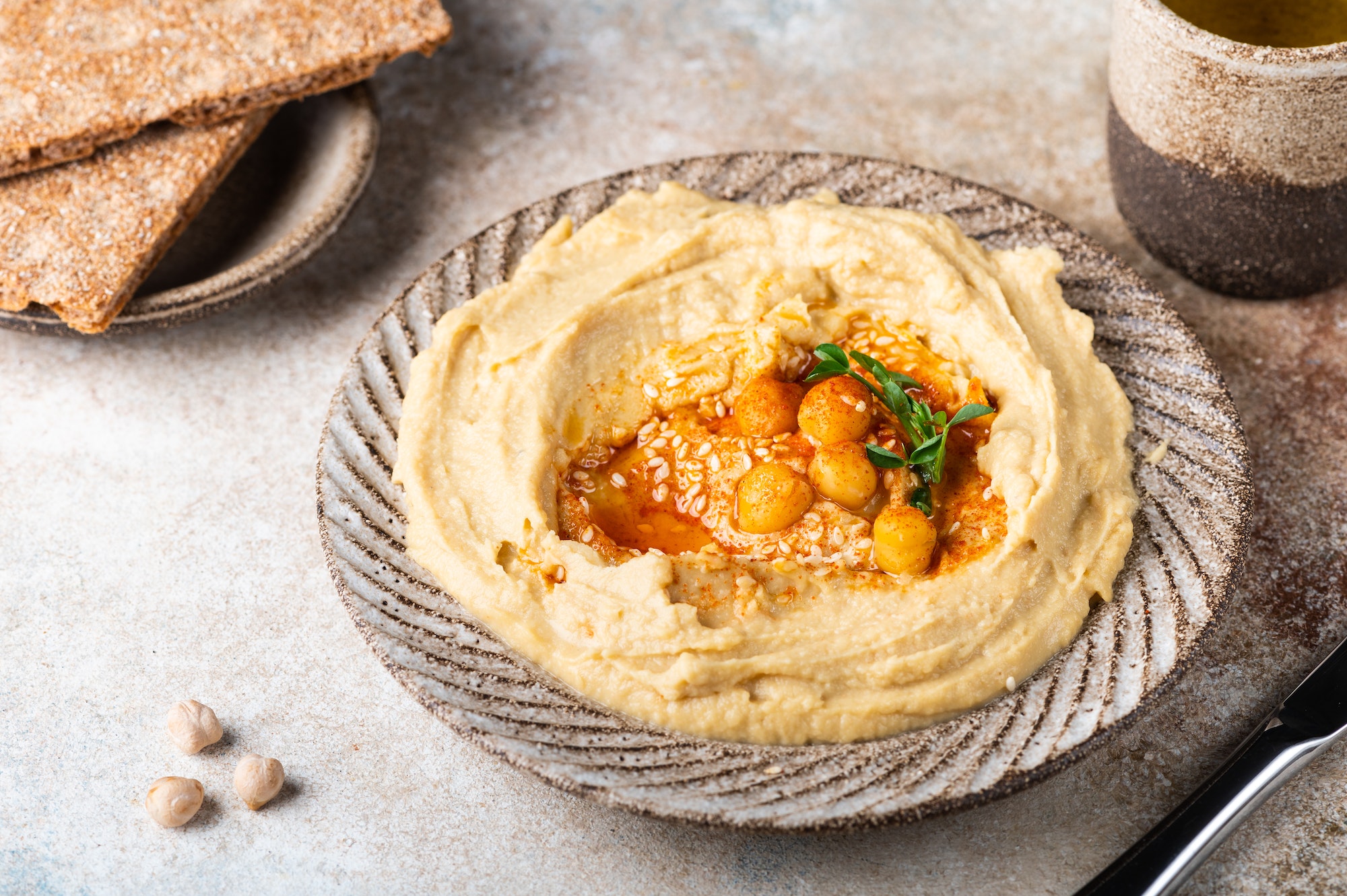The Middle Eastern cuisine is as rich and diverse as its history, with a myriad of flavors, textures, and colors that have captivated food lovers for centuries. Among the various dishes that have gained global fame, there’s one simple yet delicious dish that stands out: hummus. This creamy, savory dip made from cooked chickpeas, tahini, lemon juice, and olive oil has become a staple in many households, restaurants, and social gatherings. In this article, we will explore the origins of hummus, its variations, and some other Middle Eastern dishes that are worth trying in your quest for delectable culinary experiences.
The Origins of Hummus and Its Evolution
Hummus, which translates to “chickpeas” in Arabic, is said to have originated in the Middle East over 7,000 years ago. The humble chickpea has been cultivated in the region since ancient times, and it was only natural for the people to create a simple yet nutritious dish using this versatile legume.
The earliest known hummus recipe dates back to the 13th century, found in a cookbook from Cairo, Egypt. It was made with cooked chickpeas, vinegar, pickled lemons, herbs, spices, and olive oil, but did not include the now-iconic ingredient, tahini. Tahini, a paste made from ground sesame seeds, was later added to the hummus recipe, creating the classic version known today.
As trade and migration helped spread the dish across the region, variations of hummus began to emerge, reflecting each culture’s unique ingredients and flavor preferences. For example, in Lebanon, hummus is often served with ground meat cooked in spices, while Israeli hummus is typically garnished with parsley, paprika, and hard-boiled eggs. Other variations include the addition of roasted red peppers, sun-dried tomatoes, and even avocado, a nod to modern fusion cuisine.
The Art of Making Hummus: Techniques and Tips
Making hummus is relatively simple, but achieving that perfect creamy texture and balanced flavors can be a bit of a challenge. To help you master the art of making hummus, here are some useful tips and techniques:
- Use high-quality ingredients: The key to a great hummus lies in the quality of its ingredients. Opt for fresh, plump chickpeas, high-quality tahini, and extra virgin olive oil. Don’t forget the fresh lemon juice, which adds a bright, tangy note to the dish.
- Soak and cook chickpeas properly: For a smooth, velvety texture, it’s essential to soak dried chickpeas overnight and then cook them until they’re tender but not mushy. If you’re short on time, using canned chickpeas can be a convenient alternative, but be sure to rinse and drain them well.
- Blend the tahini and lemon juice first: Before adding the chickpeas, blend the tahini and lemon juice in a food processor until smooth and creamy. This step helps to break down the tahini and emulsify the mixture, ensuring a silky-smooth hummus.
- Adjust the consistency: Hummus should be thick yet creamy, so feel free to adjust the consistency by adding a little water or olive oil while blending. Just remember to add these liquids gradually, as too much can make the hummus runny.
- Season to taste: Don’t be shy with the salt, as it enhances the natural flavors of the chickpeas and tahini. You can also add spices like cumin, paprika, or za’atar to customize your hummus to your liking.
Other Middle Eastern Dishes to Explore
While hummus may be the most famous Middle Eastern dish, the region’s cuisine offers a vast array of flavors and textures worth discovering. Here are some other dishes you might enjoy:
- Falafel: These deep-fried balls of ground chickpeas or fava beans are crispy on the outside and tender on the inside, making them a delicious and satisfying vegetarian option. Enjoy them on their own, in a pita sandwich, or with a side of tahini sauce.
- Shawarma: This popular street food consists of thinly sliced marinated meat, such as chicken, beef, or lamb, cooked on a vertical spit and served with rice, salad, or wrapped in pita bread. It’s flavorful, juicy, and simply irresistible.
- Tabbouleh: This refreshing and nutritious salad is made with finely chopped parsley, tomato, onion, and bulgur wheat, all tossed in a zesty dressing of lemon juice and olive oil. It’s a perfect side dish for grilled meats or a light lunch on a hot day.
- Baklava: This sweet, sticky dessert features layers of buttery phyllo pastry filled with chopped nuts and soaked in a fragrant syrup made from sugar, water, and sometimes honey or rose water. It’s a decadent treat that’s perfect for satisfying your sweet tooth.
Discovering the Best Middle Eastern Restaurants
To truly appreciate the depth and diversity of Middle Eastern cuisine, it’s worth seeking out authentic restaurants that serve these delicious dishes. From hole-in-the-wall eateries to fine-dining establishments, the best Middle Eastern restaurants are those that use high-quality ingredients, traditional cooking techniques, and genuine hospitality to transport you to the vibrant and flavorful world of the Middle East.
To find the best Middle Eastern restaurants in your area, consider asking friends and family for recommendations, reading online reviews, or exploring local food blogs and websites. Don’t be afraid to venture outside your comfort zone and try new dishes – you might just discover your new favorite!
In conclusion, hummus is just the tip of the iceberg when it comes to Middle Eastern cuisine. The region’s rich culinary heritage offers a wealth of flavors, textures, and dishes that are sure to delight your taste buds. So go ahead, dive deep into the world of Middle Eastern cuisine, and embark on a delicious journey of discovery.

